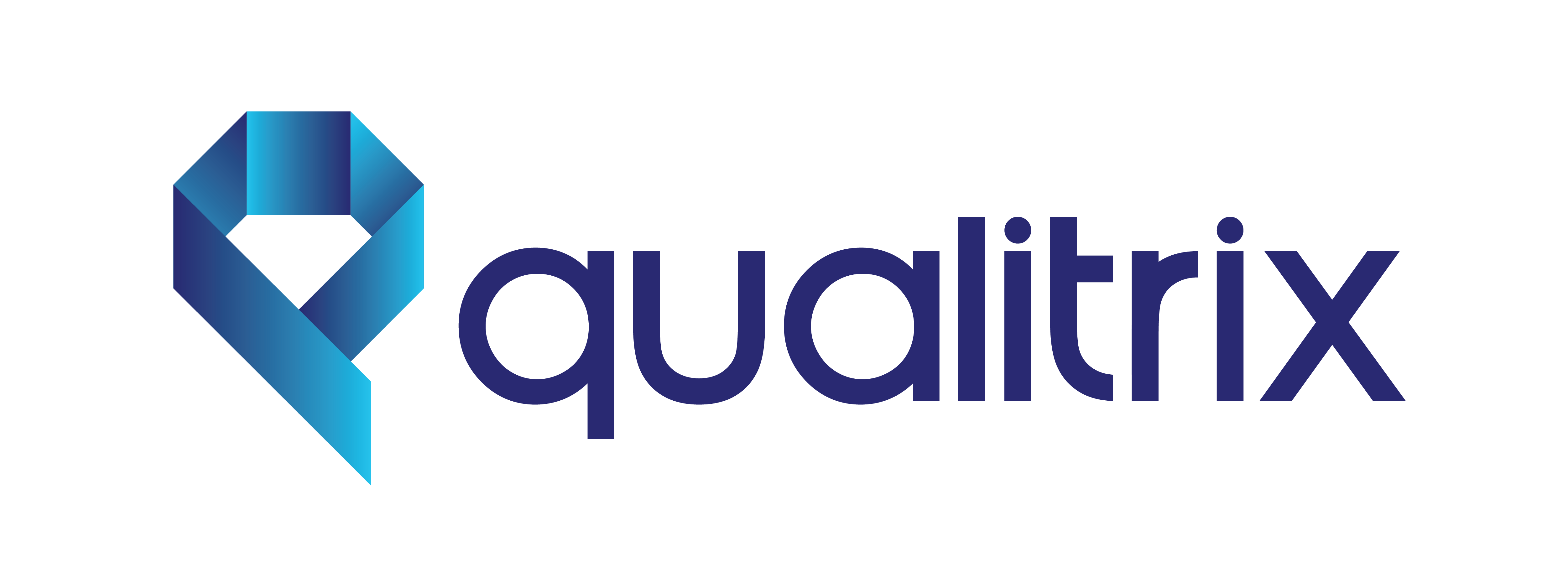Introduction
In the era of Artificial Intelligence (AI) and Machine Learning (ML), the success of systems hinges on their quality and performance. Ensuring that AI and ML systems meet high standards is crucial for delivering reliable, accurate, and impactful solutions. In this blog, we delve into strategies for measuring and improving the quality and performance of AI and ML systems, paving the way for excellence in this rapidly evolving field.
1. Defining Quality in AI and ML Systems
1.1. Accuracy and Precision
Measurement: Evaluate the accuracy and precision of the AI/ML model by comparing its predictions against ground truth data.
Improvement: Fine-tune model parameters, increase the volume and diversity of training data, and consider advanced algorithms to enhance accuracy and precision.
1.2. Generalization
Measurement: Assess how well the model generalizes to new, unseen data.
Improvement: Implement techniques like regularization, dropout, and ensemble learning to mitigate overfitting and improve the model’s ability to generalize.
1.3. Interpretability and Explainability
Measurement: Evaluate the model’s interpretability by assessing its ability to provide understandable and meaningful insights.
Improvement: Use interpretable models, incorporate model-agnostic interpretability tools, and enhance documentation to improve the explainability of AI/ML systems.
2. Performance Metrics for AI and ML Systems
2.1. Evaluation Metrics
Measurement: Utilize standard evaluation metrics such as precision, recall, F1 score, and area under the Receiver Operating Characteristic (ROC) curve for classification tasks.
Improvement: Adjust model thresholds, experiment with different algorithms, and optimize hyperparameters to achieve better evaluation metric scores.
2.2. Latency and Throughput
Measurement: Measure the response time (latency) and the number of requests processed per unit of time (throughput).
Improvement: Optimize model architecture, utilize hardware accelerators like GPUs, and consider distributed computing to reduce latency and improve throughput.
2.3. Scalability
Measurement: Assess the ability of the AI/ML system to handle increased workloads.
Improvement: Implement scalable architectures, leverage cloud-based solutions, and optimize algorithms to ensure seamless scalability.
3. Continuous Monitoring and Model Governance
3.1. Model Monitoring
Measurement: Establish a robust monitoring system to track model performance over time and detect deviations.
Improvement: Implement continuous monitoring tools, set up alerts for performance anomalies, and establish a feedback loop for model retraining.
3.2. Model Governance
Measurement: Implement governance frameworks to ensure ethical use, compliance, and transparency in AI/ML models.
Improvement: Establish clear policies for model deployment, define data governance practices, and incorporate ethical considerations into the development lifecycle.
4. Data Quality and Bias Mitigation
4.1. Data Quality Assessment
Measurement: Evaluate the quality of training data by assessing completeness, accuracy, and consistency.
Improvement: Employ data cleansing techniques, implement data validation checks, and curate diverse and representative datasets.
4.2. Bias Detection and Mitigation
Measurement: Identify and measure biases in training data and model predictions.
Improvement: Implement bias detection algorithms, augment training data to address underrepresented groups, and adopt fair and unbiased algorithms.
5. User Experience and Feedback Loops
5.1. User Satisfaction Metrics
Measurement: Gather feedback from end-users to assess their satisfaction with the AI/ML system.
Improvement: Actively seek user feedback, conduct usability testing, and iterate on the system based on user suggestions.
5.2. Feedback Loop Integration
Measurement: Establish a feedback loop to capture insights and continuously improve the system based on user feedback.
Improvement: Implement mechanisms for users to provide feedback easily, analyze feedback data regularly, and iteratively enhance the system.
6. Ethical Considerations and Compliance
6.1. Ethical Frameworks
Measurement: Align the AI/ML system with ethical frameworks and principles.
Improvement: Integrate ethical considerations into the development process, establish ethical guidelines, and conduct regular ethical reviews.
6.2. Compliance with Regulations
Measurement: Ensure compliance with data protection regulations and industry standards.
Improvement: Stay informed about relevant regulations, implement privacy-preserving techniques, and conduct audits to ensure adherence to compliance standards.
Conclusion: A Journey Towards Excellence
Measuring and improving the quality and performance of AI and ML systems is a continuous journey marked by innovation, collaboration, and a commitment to excellence. By adopting a holistic approach that encompasses model evaluation, performance metrics, continuous monitoring, data quality, user experience, and ethical considerations, organizations can navigate the complexities of the AI landscape with confidence. As the field continues to evolve, the pursuit of excellence in AI and ML systems becomes not only a goal but a testament to the responsible and impactful use of technology.

